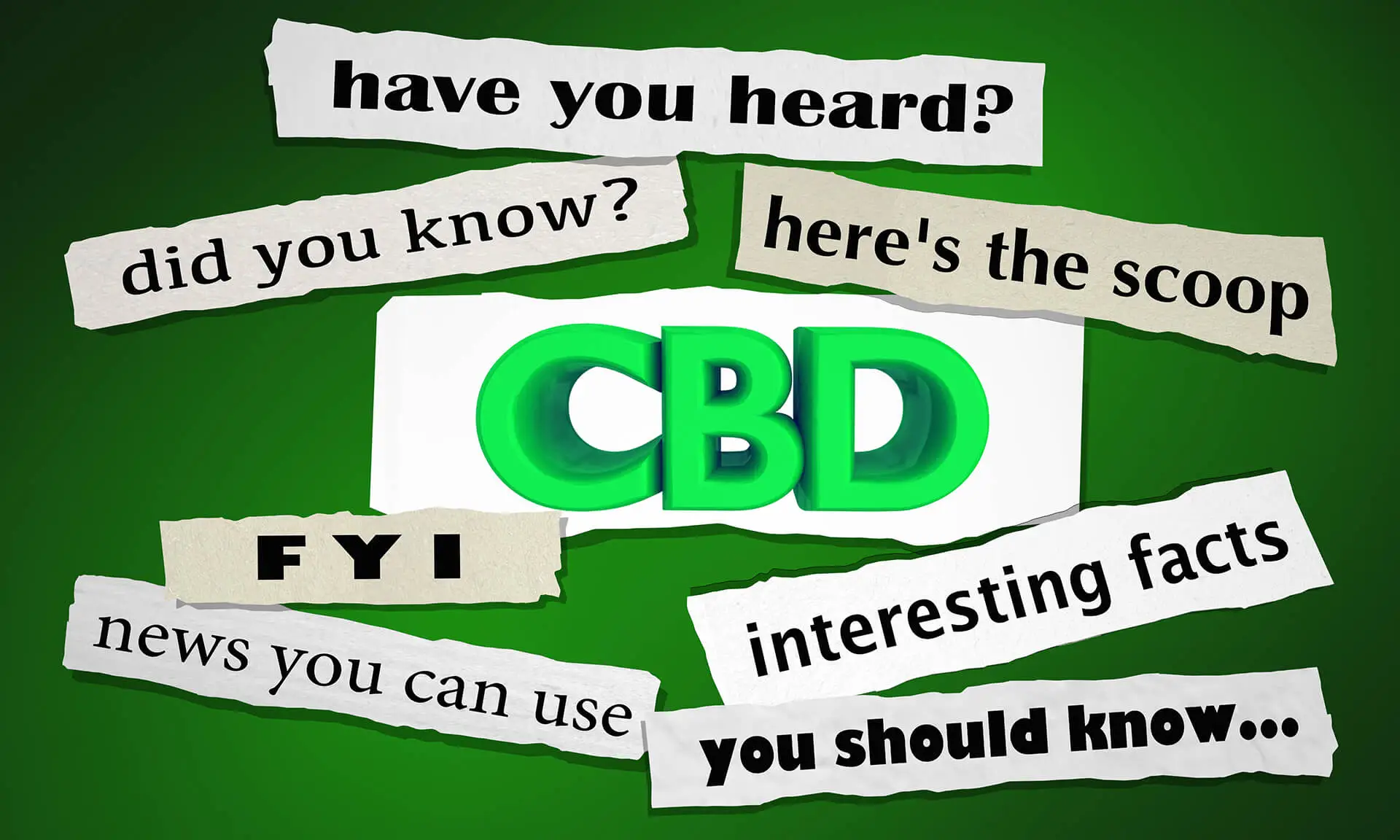
Cannabis: What You Should Know
Marijuana and its sister, hemp, are suddenly everywhere. Both are cannabis species and contain a class of compounds called cannabinoids. In fact, there have been more than 100 different cannabinoids identified, but the two most abundant and notable are tetrahydrocannabinol (THC) and cannabidiol (CBD). Marijuana and hemp are very different in cultivation, function, and application. Marijuana, of course, is used recreationally and medicinally but hemp is used in dietary supplements, plastics, fibers, clothing and accessories, and skin care products. Remarkably, hemp has been shown to have more than 2500 applications. Marijuana has high THC content (5-35%) whereas hemp has low THC content (<0.3%) and is therefore not psychoactive. Hemp cultivation requires minimal care and may be grown easily in most climates but marijuana must be grown in carefully-controlled conditions. It is important to note, however, that hemp contains high CBD that acts as an antagonist for hemp’s low THC content. CBD may have some mild anti-inflammatory, analgesic, and anti-anxiety properties (without any psychoactive properties whatsoever).
1. Be Careful with CBD.
Most CBD oil in the United States has been imported with little quality control or quality assurance. Due diligence is important prior to purchasing! Because CBD is found only in hemp’s leaves and flowers (not the seeds) hemp oil does not have much CBD unless it has been added. If you desire CBD you must look for “CBD” on the label not just “Cannabinoids.”
2. CBD Has Few Proven Medical Indications.
Presently, CBD may be purchased in water, coffee, and candy and while there are many claims as to its health benefits, most claims have not been substantiated. Except for FDA approval of a CBD-derived drug for treating rare, severe forms of epilepsy, there are essentially no randomized, placebo-controlled clinical trials with CBD.
3. CBD May Interfere with Medications.
The liver enzyme, cytochrome P450, which metabolizes many medications including antidepressants, anti-hypertensives and cholesterol-lowering drugs, may be blocked by CBD. That is, CBD may adversely affect the way medications work. If you are presently taking prescription medicines, please consult your health care professional before taking CBD.
4. THC has Few Proven Medical Benefits.
In 2017, The National Academy of Medicine published The Health Effects of Cannabis and Cannabinoids: The Current State of Evidence and Recommendations for Research (https://www.nap.edu/read/24625) and the conclusions were as follows:
There Is Conclusive Evidence That Cannabis Reduces The Nausea And Vomiting Associated With Chemotherapy.
There Is Substantial Evidence That Cannabis Modestly Reduces Chronic Pain.
There Is Substantial Evidence That Cannabis Reduces Self-Reported Involuntary Muscle Contractions In Patients With Multiple Sclerosis.
The FDA has approved only three synthetic THC drugs: Cesamet (nabilone) and Marinol and Syndros (dronabinol) to treat nausea and vomiting of chemotherapy.
5. Cannabis Has Risks!
Like smoking tobacco, smoking marijuana introduces carcinogens and many other yet unidentified chemicals into the body. Although smoking marijuana has not been associated with an increased risk of lung cancer relative to non-smokers, there is an increased risk of chronic bronchitis as well as coughing and wheezing symptoms.
Quality research has also shown that using THC impairs the ability to drive an automobile and to operate machinery. Driving under the influence, whether alcohol or cannabis, is still very dangerous and DUI may have personal and legal consequences.
The National Academy of Medicine found that THC usage may increase the risk of psychoses such as schizophrenia, with the highest risk among frequent users. Adolescent users also have a higher risk for psychotic disorders and people with a family history of mental disorders should avoid using cannabis.
“Appropriate doses” differ from state to state. In Oregon a “dose” of THC is 5 mg, whereas in Colorado and Washington a “dose” is 10 mg. Dosage effects vary from individual to individual and 10-25 mg may lead to anxiety, hallucinations, nausea and vomiting.
Due to slower absorption, it is easier to overdose with edible forms (candies, chocolates, lollipops, brownies) of THC than smoking or vaping.
In short, there are real differences between marijuana and hemp but there are few medical indications for either THC or CBD. Well-controlled clinical trials are needed for the safe medicinal usage of these agents.
Categories
About the Blog
Welcome to the Center for Reproductive Medicine Blog! Nationally and internationally recognized for providing exceptional reproductive care, our team believes in empowering people with the knowledge they need to navigate their unique fertility journeys.
From information on the latest fertility treatments to valuable insights on egg donation, surrogacy, and everything in between, the Center for Reproductive Medicine Blog is your ultimate resource for all things reproductive care and support. Read on to learn more, and contact us today if you have any questions or want to schedule a new patient appointment.

